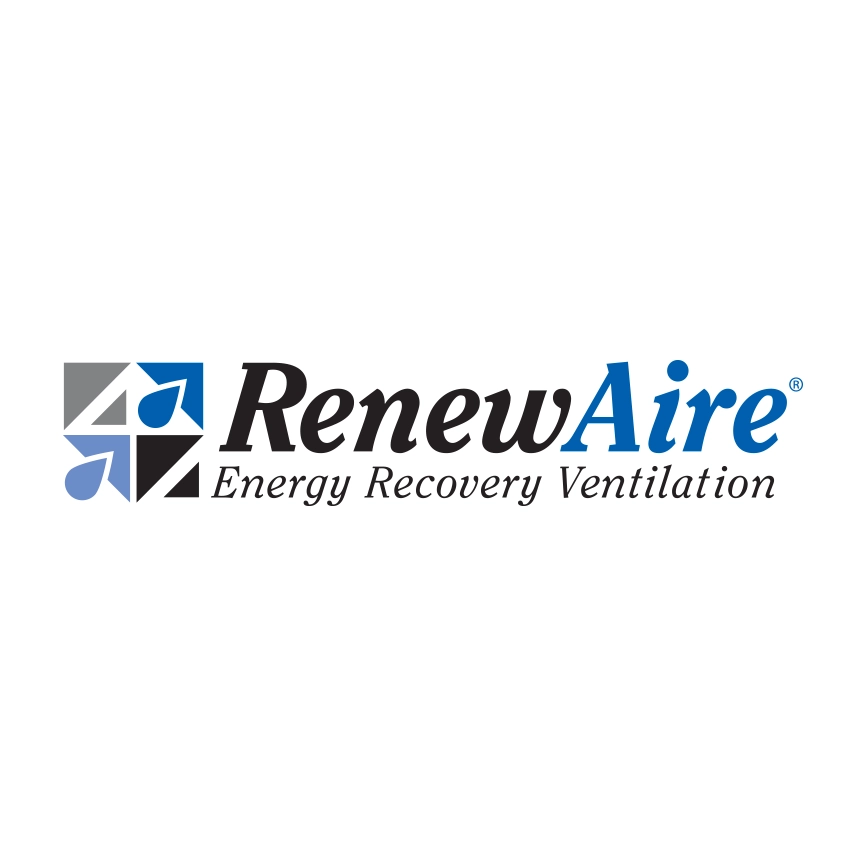Smart Controls and ERVs: Enhance IAQ Effortlessly in Resimmercial Spaces
After COVID-19, the criticality of high-level indoor air quality (IAQ) is clear. With invisible, odorless and potentially deadly indoor air contaminants swirling around, it’s evident that increased ventilation is essential for safeguarding occupant health. This is especially crucial in tight structures that trap contaminants indoors.
However, more ventilation requires more energy, which boosts costs and runs counter to decarbonization efforts. Plus, conventional ventilation systems can be tricky and time-consuming to operate. Not anymore. That’s where the combination of smart controls and energy recovery ventilators (ERVs) comes in to provide an effortless, energy-efficient and cost-effective solution. This is particularly true for residential and smaller commercial—or “resimmercial”—applications.
This topic was covered during the latest episode of “IAQ IQ: Indoor Air Quality & You.” Host Michelle Dawn Mooney spoke with Nick Agopian, VP, Sales & Marketing at RenewAire and Ross Trethewey, Founder and Lead Engineer at TE2 Engineering.
Agopian and Trethewey made it apparent that smart controls and ERVs are a smart choice for enhancing IAQ right now and in the future. Agopian stated, “Going forward, the market and updated codes will require an increase in ventilation rates to bring more outdoor air indoors. Smart-controlled sensors can monitor indoor air contaminants and activate boost-mode ventilation when levels get too high. Thus, smart controls will become a necessity to increase ventilation, lower the concentration of indoor air contaminants and enhance IAQ for yes safety, but also better health.”




